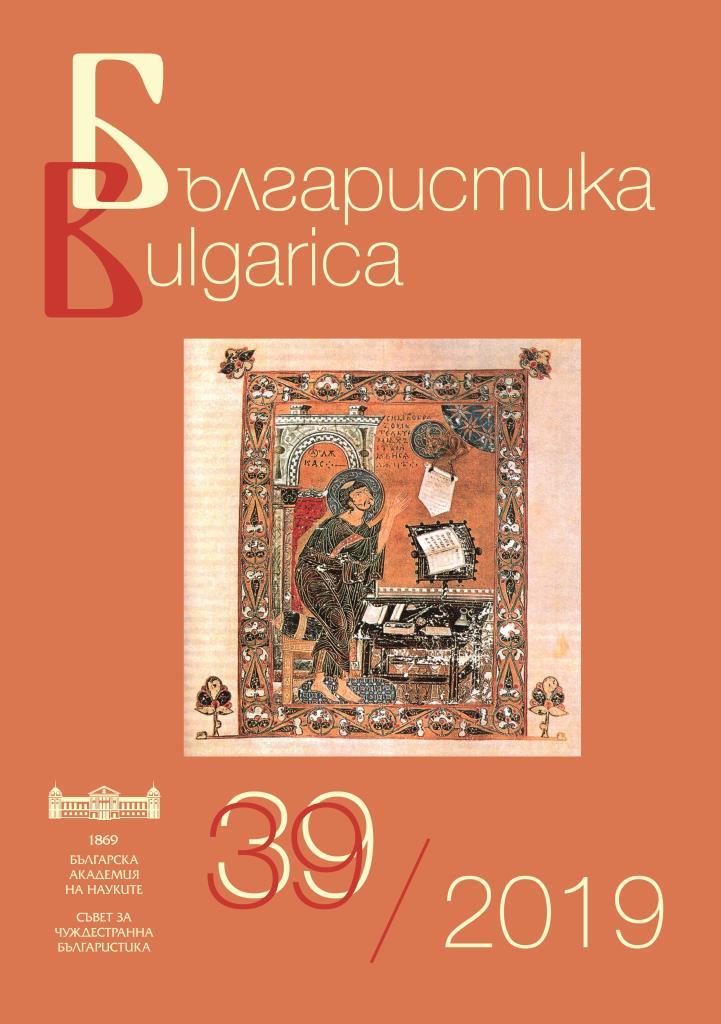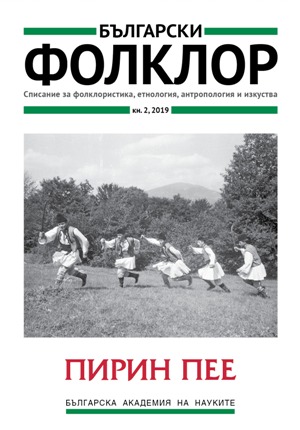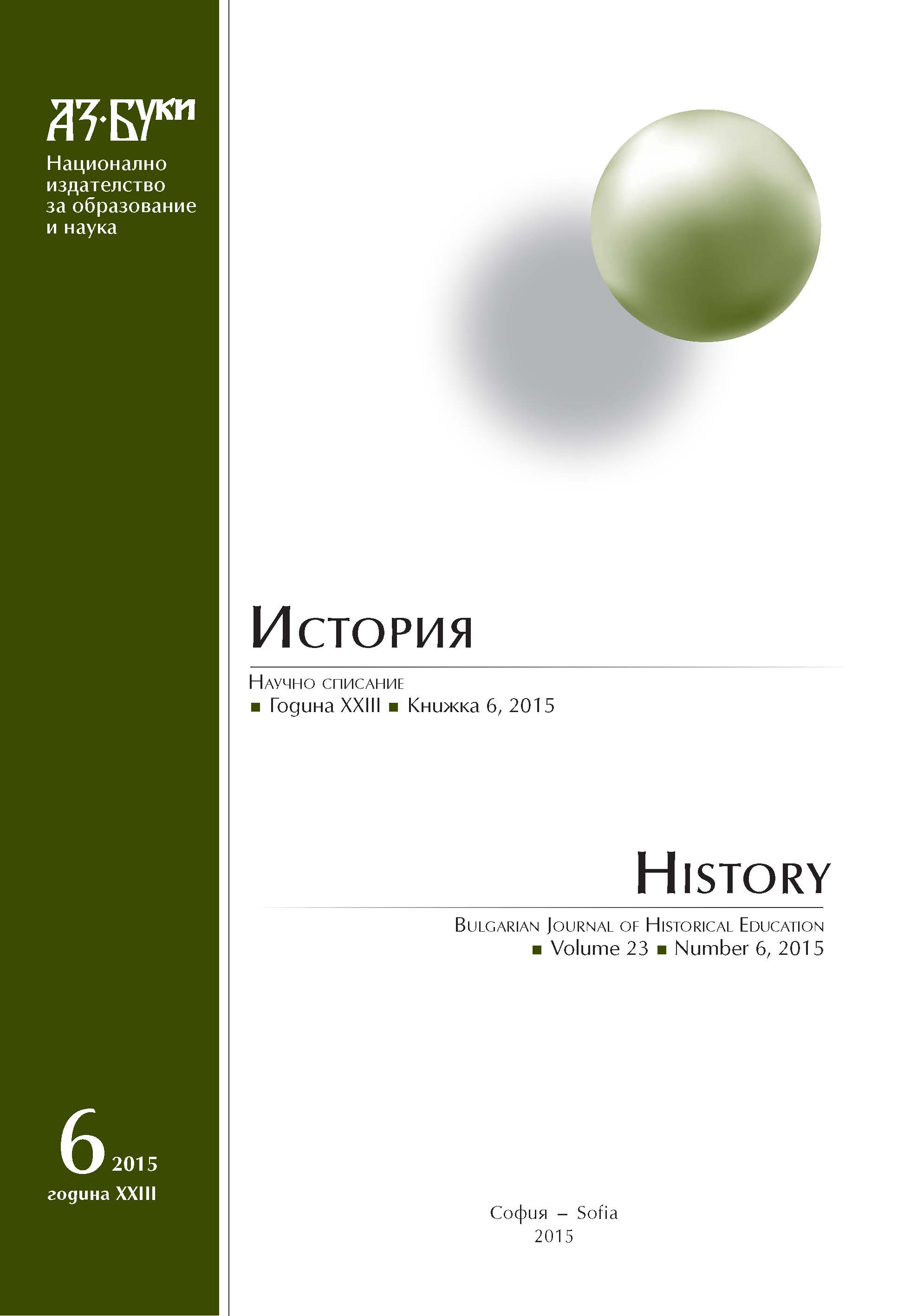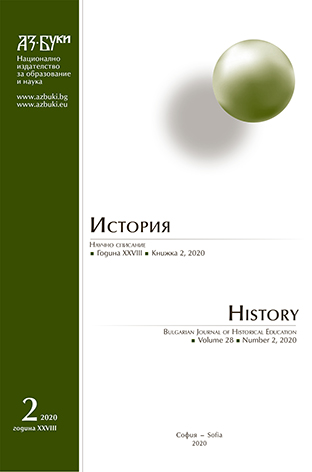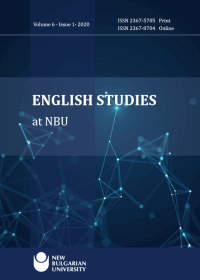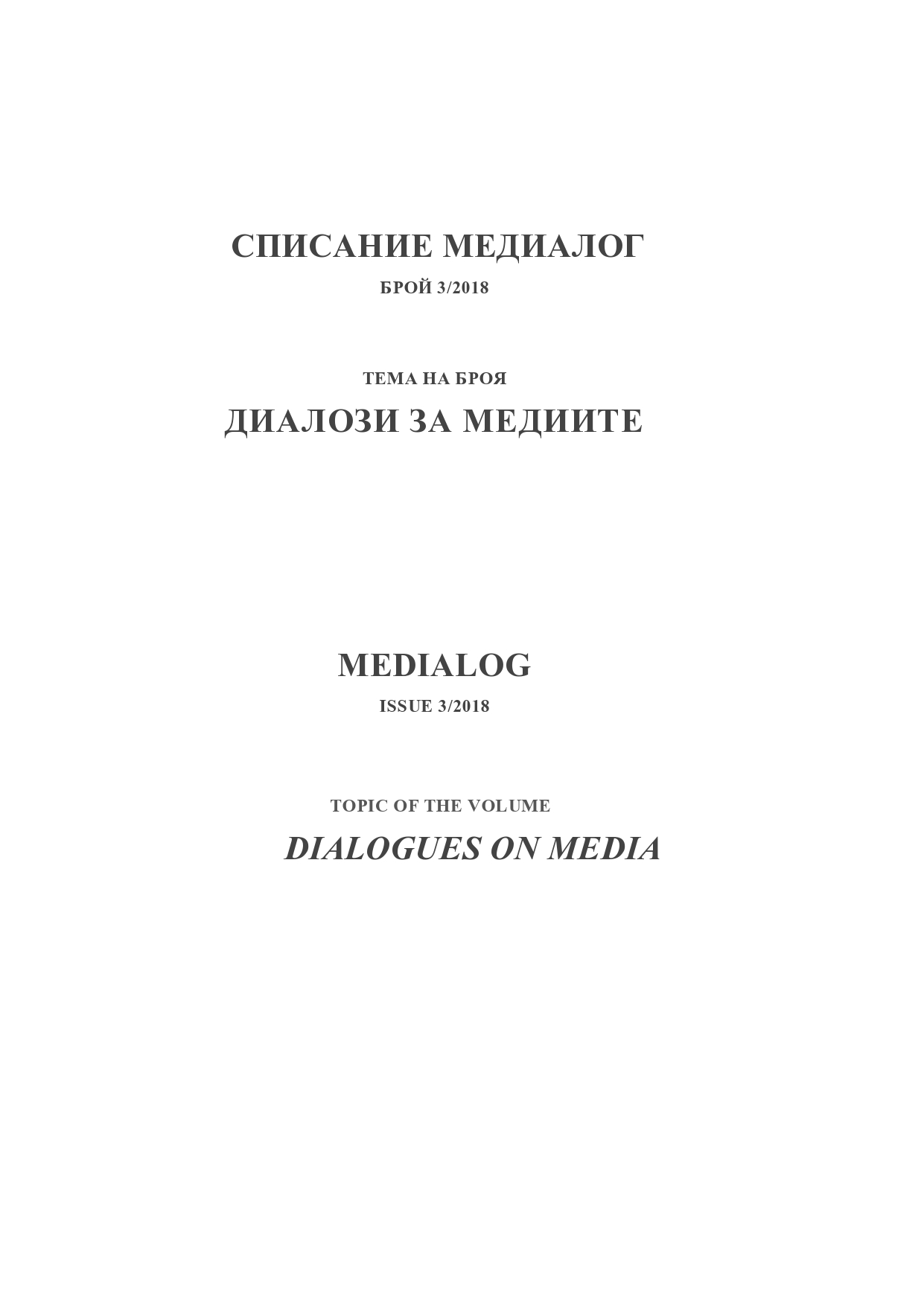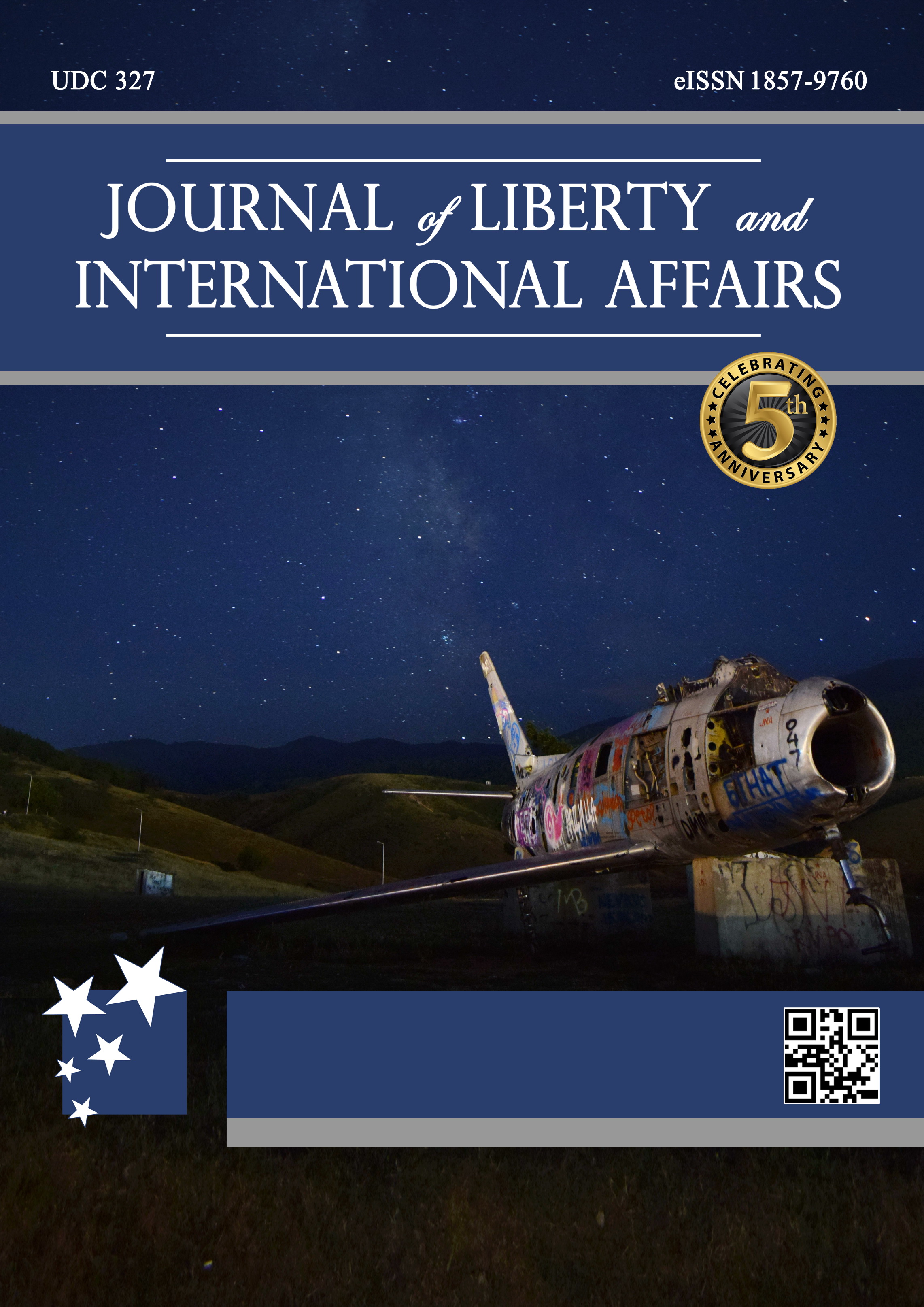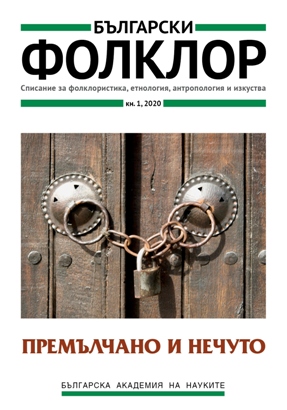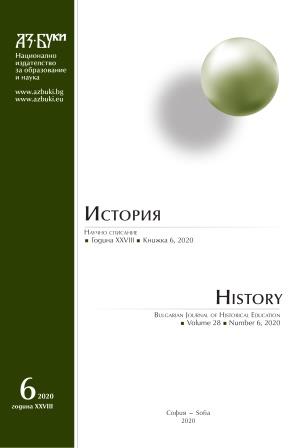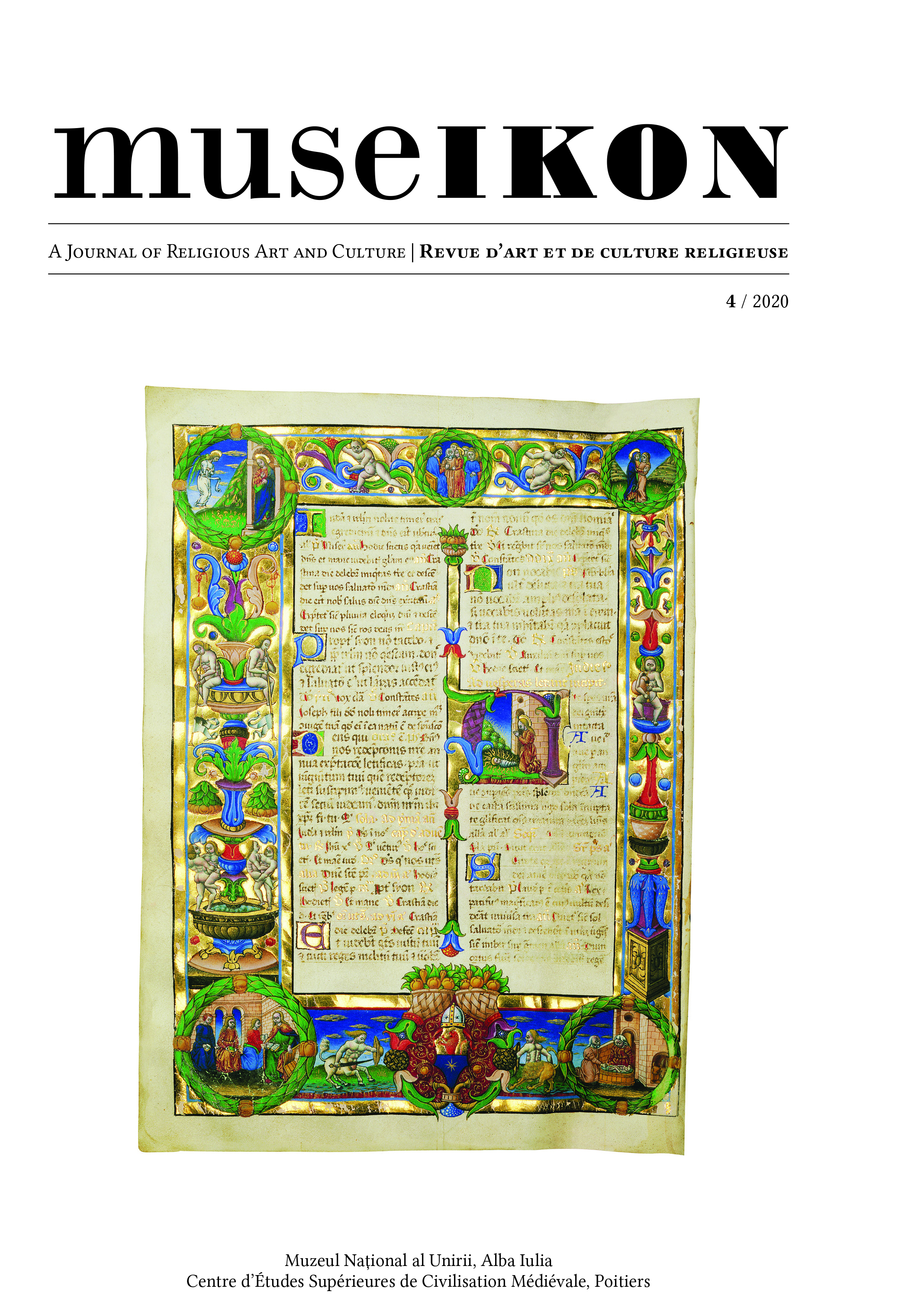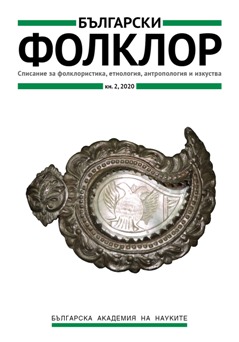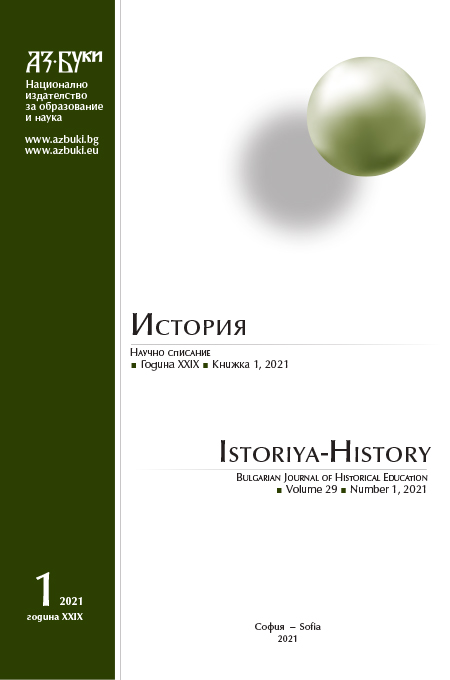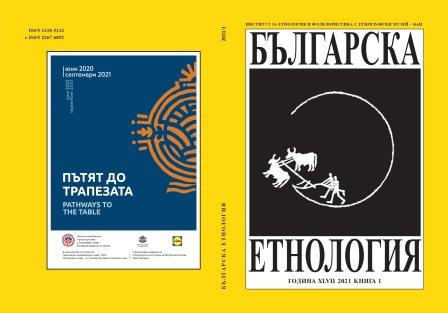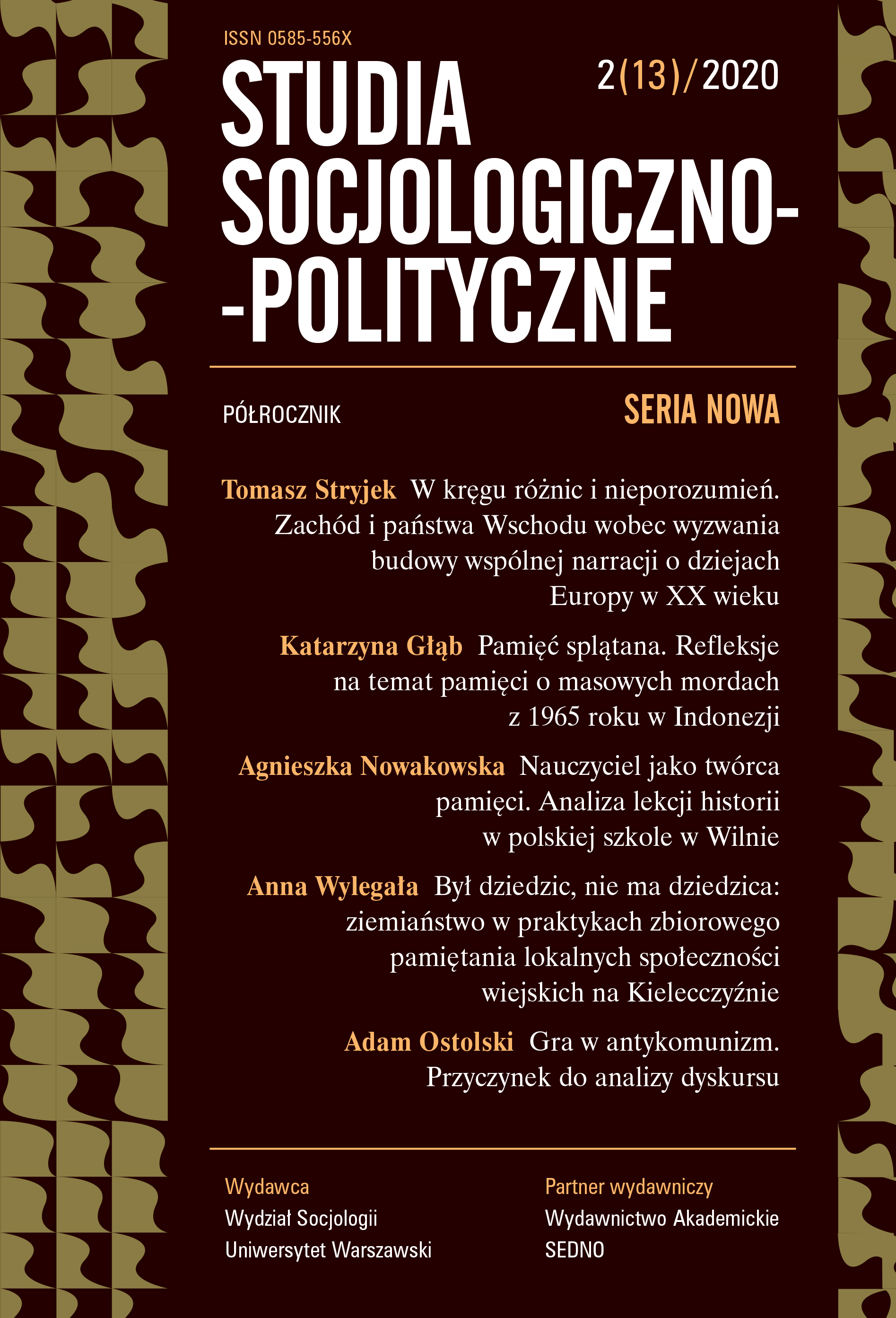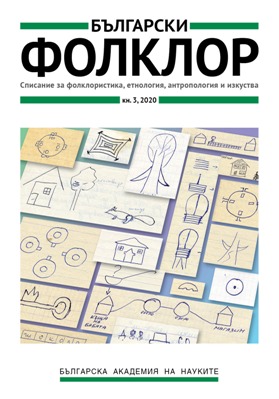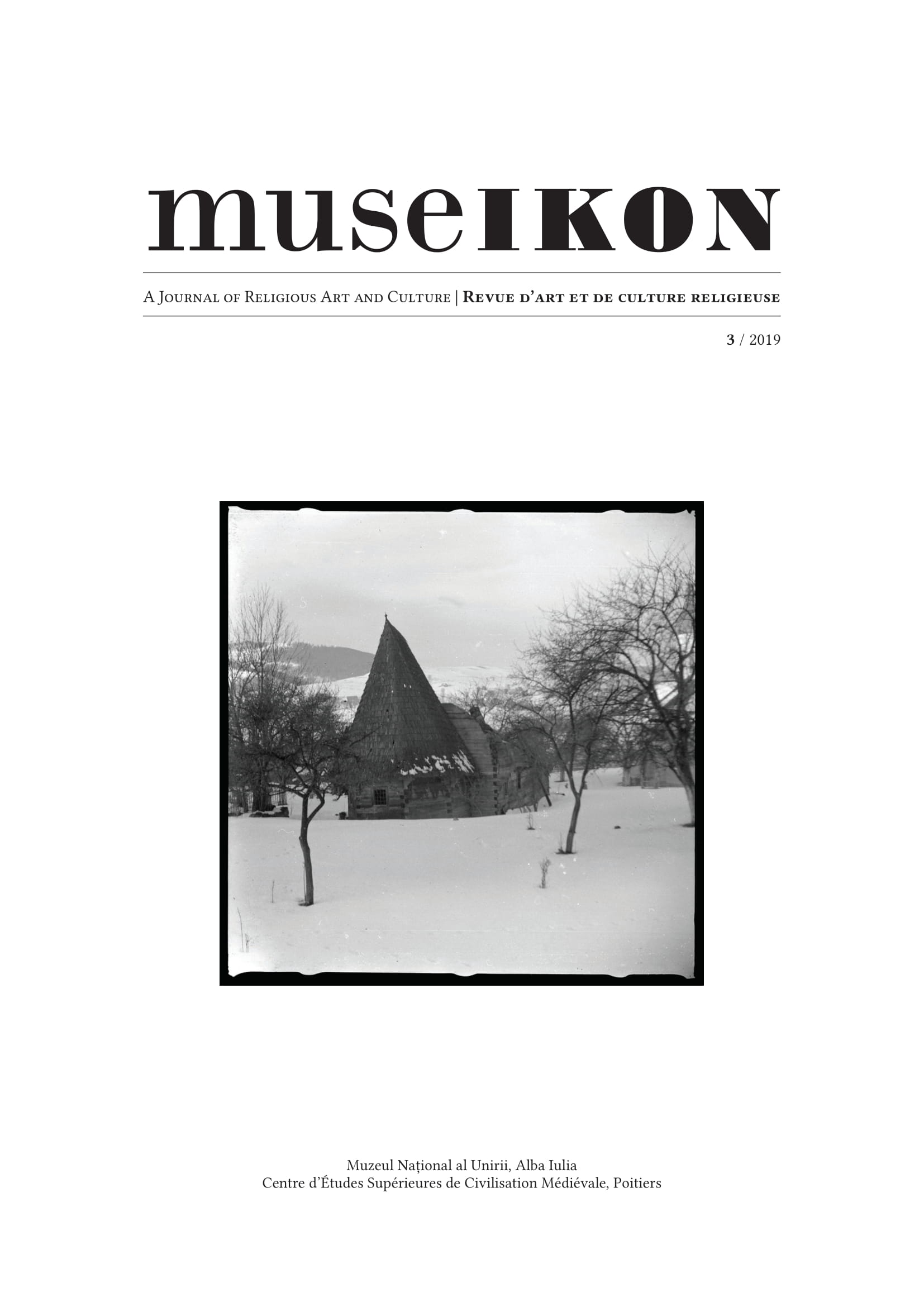
Perceiving Religious Mysticism in the Key of Political Repression.
L’effondrement des États communistes de l’Europe de l’Est a mis en lumière des histoires d’héroïsmependant la répression et fait parler d’oppression, de survie et de dignité. Cependant, les tendances historiogra-phiques récentes cherchent désormais à comprendre les aspects systémiques des quarante-cinq années de Régimecommuniste en Roumanie. Les études culturelles et sociales, l’histoire comparée, la et l’histoire orale, entre autres,interprètent et redimensionnent nos conceptions sur le mode de vie pendant le communisme. En partant d’uneapproche post-révisionniste, s’appuyant sur une analyse du discours et sur la sémantique, la présente étude sepropose d’interpréter quelques extraits des archives de la police politique (Securitate) concernant l’histoire dugroupe d’intellectuels et de clercs connu sous le nom de Rugul aprins (Buisson ardent), qui ont été cibles de la ré-pression communiste et incarcérés ensemble pour agissements contre l’ordre social. Puisque leurs préoccupations spirituelles et leur philosophie culturelle témoignaient pleinement d’une attitude anti-communiste et d’une cri-tique du régime socialiste, ils sont devenus l’objet d’un suivi informatif de la Securitate, puis inculpés lors d’un procès mené pendant la seconde vague répressive du régime, en 1958. La présente recherche suit la trame narra-tive et les thèmes du discours de la Securitate, en essayant en même temps de proposer une interprétation de la façon dont les institutions répressives se rapportaient face à l’idée de religiosité et de ‘mysticisme’.
More...
